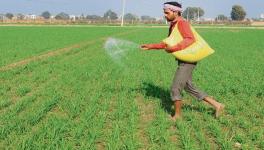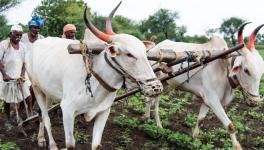Foodgrain Production Rising, But Procurement, PDS in Doldrums
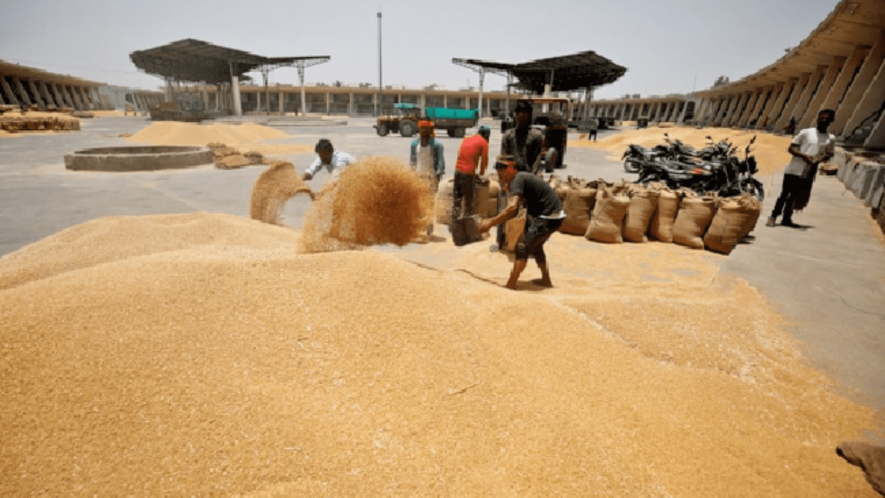
File Image
Last week, the agriculture ministry announced that India is likely to achieve yet another record food grain harvest of 3,305 lakh tonnes (LT) in the current agricultural year. Nearly 150 LT more wheat and rice will be produced this year compared with last year. This should cause cheer to most people – wheat prices should cool down after remaining high for over a year, farmers should get better returns and, most importantly, nearly 80 crore people who benefit from subsidised foodgrain through the Public Distribution System (PDS) (or ‘ration’ system) might hope for some increase in the quantity available to them.
However, government policy appears to be moving in a different direction, taking the shine off the ever-increasing food grain production in the country. While prices for farmers continue to be below par, leaving them discontented, even the food security edifice built over the years appears to be under threat. Here is how.
Procurement Dipping
The whole foodgrain distribution system, mandated by law, hinges on how much the government agencies are procuring from farmers. As the chart below shows, there has been a clear reduction in procurement of wheat and rice over the past few years. Rice procurement reached a high of 602 LT in 2020-21 after which it declined to 576 LT in 2021-22 and further to 533 LT in 2022-23. Procurement for 2023-24 will begin after the kharif harvest comes in post monsoon. Procurement data is from Food Corporation of India (FCI).
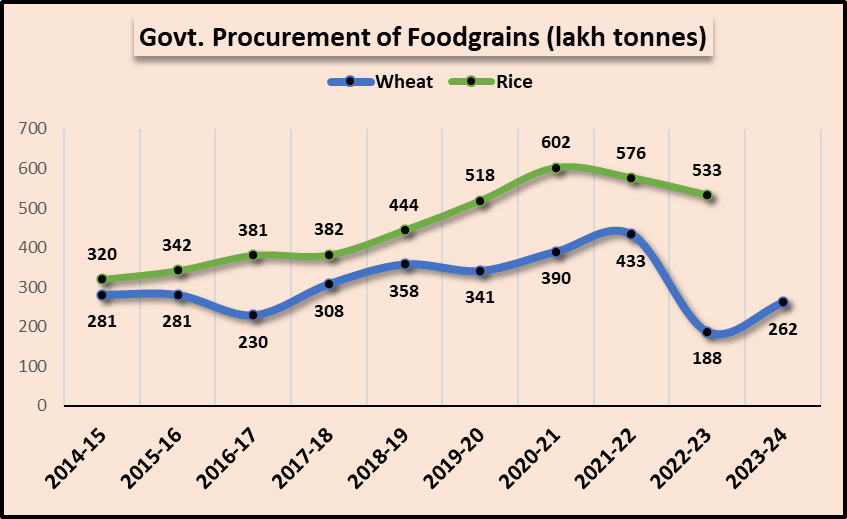
Wheat procurement has suffered even more, dipping steeply from a high of 433 LT in 2021-22 to just 188 LT in 2022-23 and rising to 262 LT in the current year, till May 30. Last year’s fall was partly the effect of a dip in production, but mainly due to traders snapping up huge stocks in anticipation of exports with global demand expected to spike after the Ukraine war started.
The government had strongly encouraged this strategy, till they discovered that wheat prices in the local market had zoomed up and they had to hastily ban exports.
What needs to be noted is that in the current year, there is no such sudden U-turn, the export ban is still in place, but procurement has distinctly slowed down. It is nearly 40% below the high mark set in 2021-22. Of course, the rabi marketing season is continuing and June will see more wheat arriving in grain markets. But the whole thing now depends on how much the government is willing to push for procurement. Any shortfall is going to be solely due to laxity on the part of central and state government procurement agencies.
According to FCI state-wise data over the years, a comparison of wheat procurement between the current year and 2021-22 shows that major shortfall exists in Uttar Pradesh, Madhya Pradesh and Rajasthan as of May 30, 2023. In Punjab and Haryana, the two leading producers of wheat, this year’s procurement is still short of the 2021-22 level by 11 LT and 20 LT, respectively. But in UP, the shortfall is over 33 LT, in MP it is over 57 LT and in Rajasthan it is about 19 LT. If these state governments do not step up and procure the harvested wheat the consequences will be quite drastic – farmers will be forced to sell below declared MSP and consumers will suffer shortages in the PDS distribution. Note that Rajasthan and MP both are going to polls at the end of this year for electing new Legislative Assemblies.
Allocation for PDS Dipping
As a natural result of lowered procurement, there is a trend of lower allocation for distribution through the PDS, which in turn affects offtake or distribution. Wheat and rice allocations for the past several years are shown in the chart below, based on agriculture ministry data. During the pandemic years of 2020-21, 2021-22 and 2022-23, the Central government allocated more foodgrains through various schemes, a bulk of which was free. This helped families that depended on PDS for sustenance.
However, the free ration scheme was stopped by the government early this year. Leaving aside the extra allocations (as shown in patterned sections in the chart below), the trend of slow and steady decline in allocations is visible.
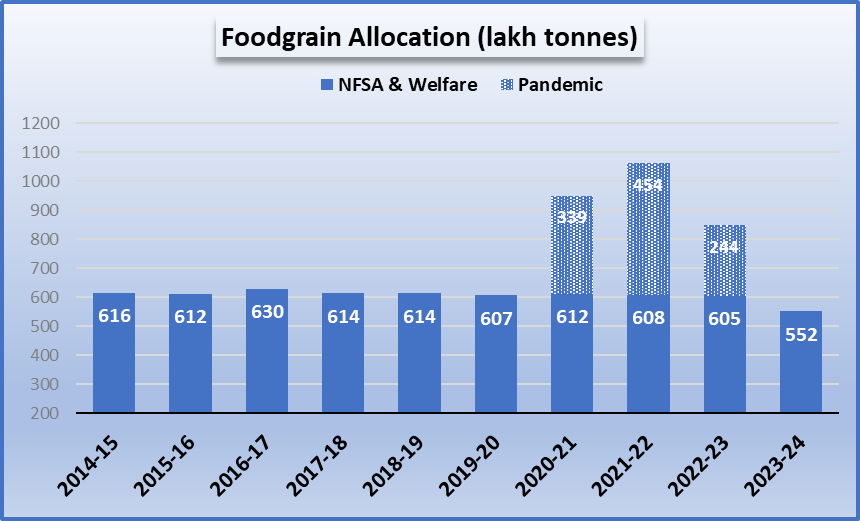
Last year (2022-23), although procurement fell drastically, the government was able to maintain PDS allocations by using its huge stocks. Now the stocks are much less – estimated at 540 LT in May as opposed to 640 LT last year and 838 LT the year before that. So, the cushion is not there any longer, or it is marginal.
It is likely that allocations will be further reduced this year or some other tricks might be deployed like distributing coarse grains (millets) or substituting wheat with rice for wheat consuming families in PDS, as was done on a limited scale last year too.
In such a contingency, people will be forced to go to the open market to buy wheat and maybe rice too for their needs. With inflation running high, this will be a blow to family budgets already reeling under the impact of high prices of essential commodities over the past couple of years.
Is it just mismanagement or is it a deliberate policy of slowly chipping away at the PDS? Or maybe it a combination of the two? The Indian government has been under pressure from the West to reduce its subsidised foodgrain procurement programme for many years. But it has resisted this pressure, knowing full well that there will be a huge political cost if PDS is tinkered around with.
On the other hand, the Narendra Modi-led Bharatiya Janata Party government was the one which rammed through the three agricultural laws through Parliament in 2020 that provided for dismantling of the Agricultural Produce Marketing Committees (APMC) system where government agencies procure foodgrains from farmers. The laws had provided for development of private markets to replace these. This was a clear attempt to strike a blow to the government procurement programme. However, the move backfired spectacularly with a year-long resistance movement launched by farmers forcing the government to repeal the laws in 2021.
Perhaps, the ruling party is trying to achieve the same end by slowly squeezing off procurement. With key Assembly elections slated for later this year and the general election coming up in 2024, this move could cause a severe backlash.
Get the latest reports & analysis with people's perspective on Protests, movements & deep analytical videos, discussions of the current affairs in your Telegram app. Subscribe to NewsClick's Telegram channel & get Real-Time updates on stories, as they get published on our website.













